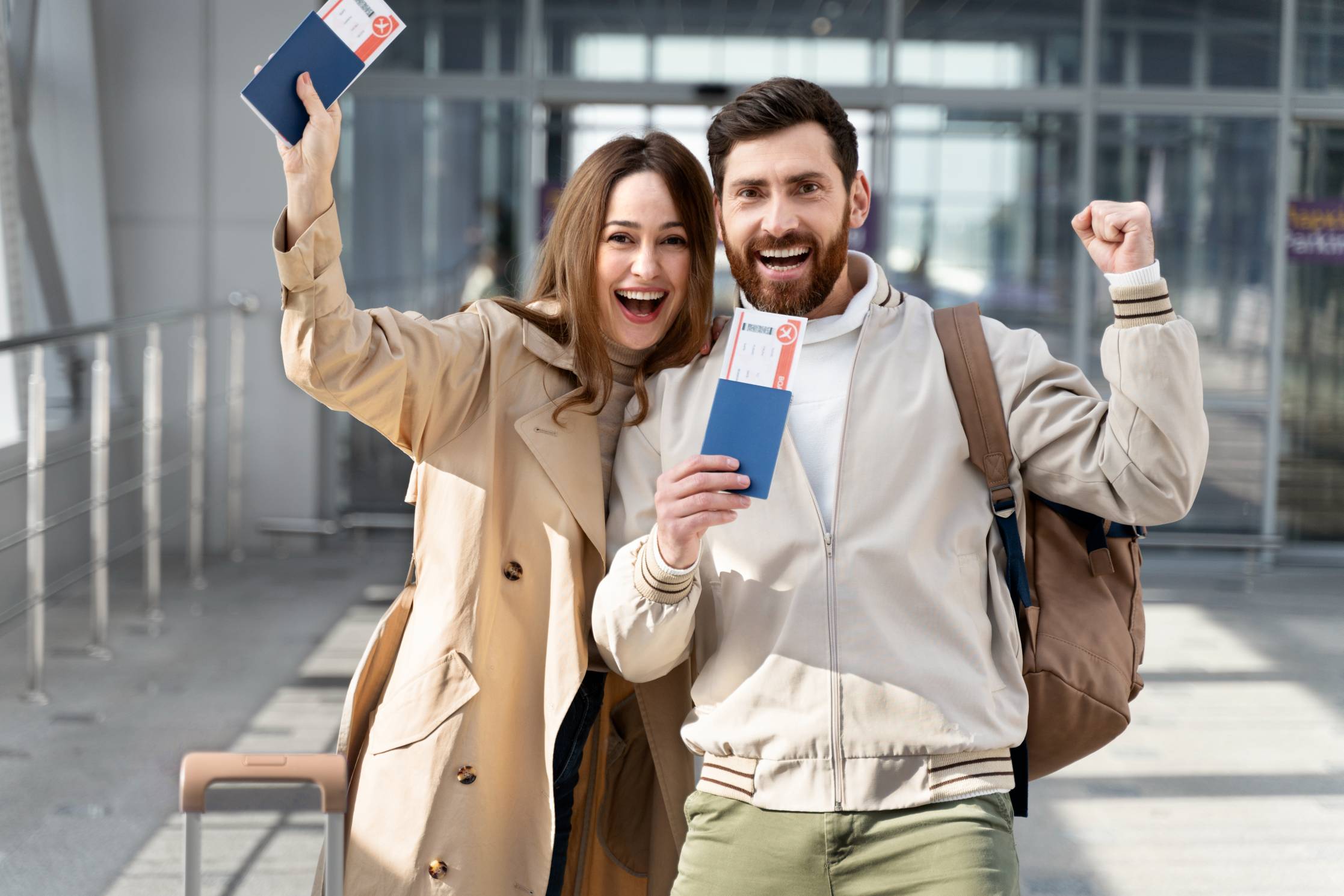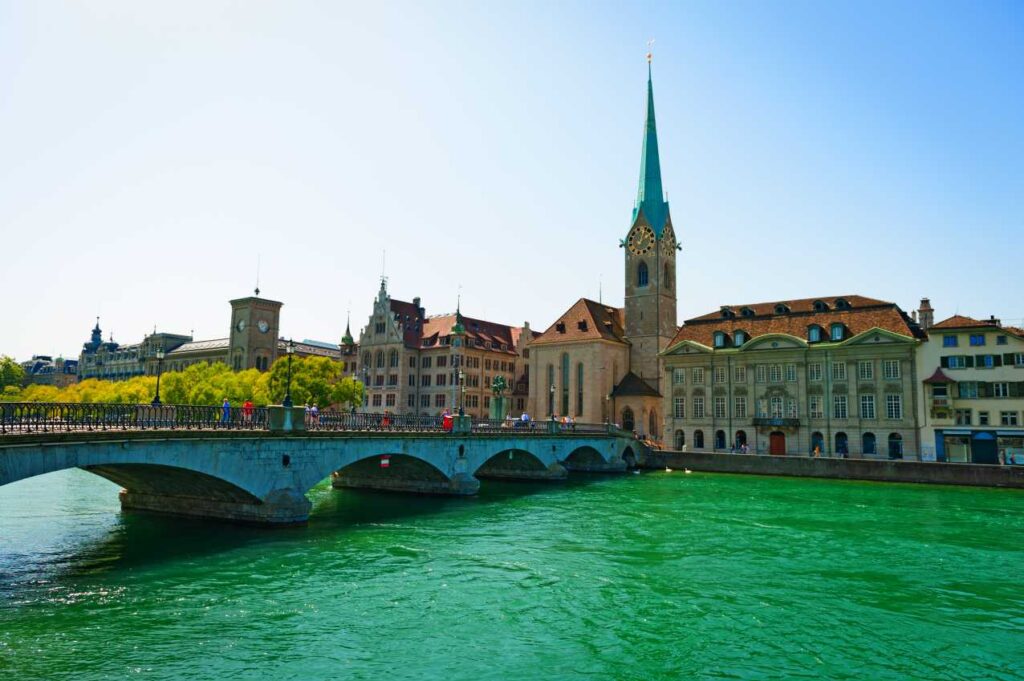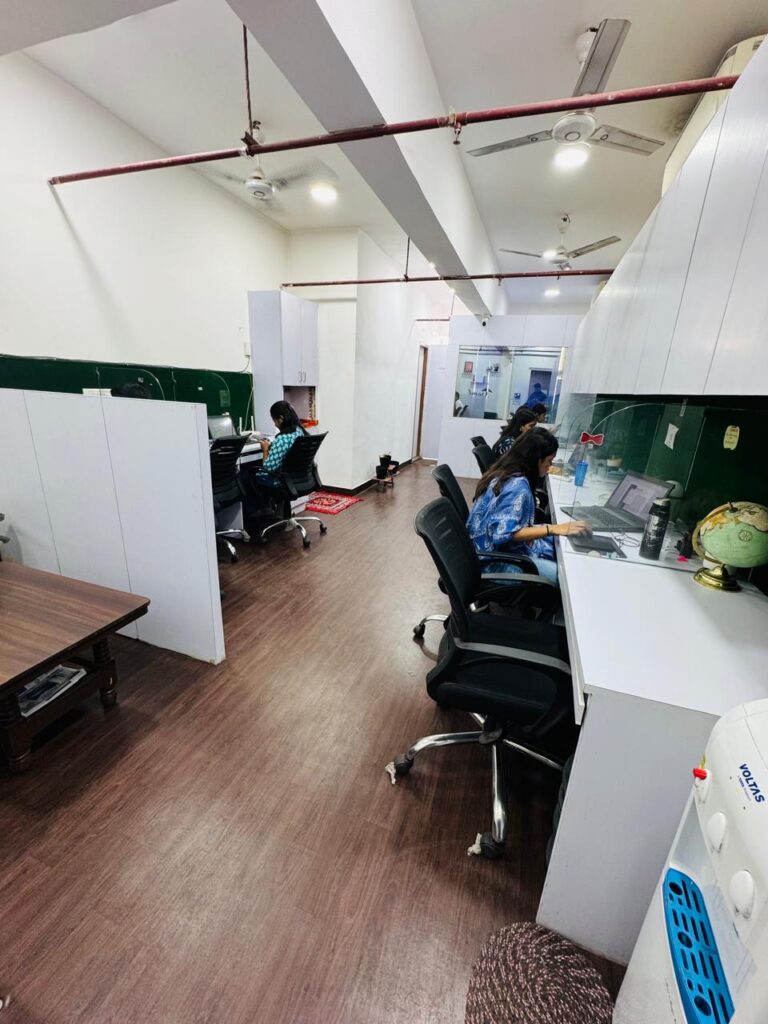Visitor Visa
Home > Visitor Visa

Visitor Visa
A visit visa, also commonly known as a tourist visa or visitor visa, is a type of temporary visa that allows individuals to enter a foreign country for a short period for tourism, visiting family or friends, attending business meetings, or other non-work-related purposes. The duration of stay allowed on a visit visa can vary depending on the country and the visa regulations.
Here are some general aspects related to visit visas:
- Purpose: Visit visas are intended for temporary stays, usually for tourism, visiting family or friends, attending events, or conducting short-term business activities that don't involve actual employment.
- Application: : Individuals typically apply for a visit visa at the embassy, consulate, or through an online application system of the country they plan to visit. Requirements often include a completed application form, passport-sized photos, proof of sufficient funds, travel itinerary, accommodation details, and sometimes evidence of ties to the home country (like employment or property ownership) to show intent to return.
- Duration: Visit visas usually have a limited duration of stay, such as a few weeks to a few months, depending on the country's regulations and the specific visa granted.
- Restrictions:Visitors on a visit visa are typically not allowed to work or engage in any paid activities during their stay. Violating the terms of the visit visa by overstaying or working illegally can result in serious consequences, including deportation and future entry bans.
- Extensions: In some cases, visitors may be allowed to extend their stay if there are valid reasons, such as unexpected emergencies or unavoidable situations. However, extensions are usually granted under specific circumstances and are subject to the immigration laws of the country. It's important for travellers to check the specific visa requirements and regulations of the country they plan to visit, as these can vary widely. Additionally, some countries have visa waiver programs for citizens of certain countries, allowing them to visit for a short period without needing a visit visa, while others require a visa for citizens of most countries.

Generally, activities permitted on a visit visa include -
- Tourism
- Vacationing
- Visiting relatives
- Meeting up with friends
- Attending a business conference
- Negotiating a business contract
- Medical treatment
- Holding consultations with business associate
Taking part in short-term training
What are the different Canada Immigration Programs?
Australian Visitor Visa (subclass 600)
The Australian Visitor Visa (subclass 600) is a temporary visa that allows individuals to visit Australia for tourism, visiting family or friends, or conducting short-term business activities. This visa is suitable for people who are not eligible for visa-free travel to Australia and wish to stay for a short period.
Key points about the Australian Visitor Visa (subclass 600):
- Purpose:This visa allows individuals to visit Australia for tourism, visiting family or friends, or engaging in limited business activities. It is not for working or studying in Australia.
- Duration: The Visitor Visa can be granted for either a single entry or multiple entries. The length of stay allowed can vary, but it usually ranges from three months to one year, depending on the circumstances and the type of visa applied for.
- Application: Applicants can apply for this visa online or through a paper application. The application typically requires filling out forms, providing personal information, a valid passport, proof of financial ability to support the visit, itinerary details, and sometimes health insurance depending on the applicant's country of origin.
- Health and Character Requirements: RecognApplicants might need to meet health and character requirements. Some applicants might be asked to undergo health examinations.
- Conditions: Visitor Visas have specific conditions, such as not being allowed to work or study in Australia. Visitors must also abide by Australian laws during their stay.
- Sponsorship: In some cases, individuals might need a sponsor in Australia to support their visa application. This can include family members or friends.
It’s important to note that visa regulations can change, so it’s advisable to check the official website of the Australian Department of Home Affairs or consult with the nearest Australian embassy or consulate for the most updated and detailed information before applying for an Australian Visitor Visa.
Canada Visit Visa
The Canada Visitor Visa, also known as the Temporary Resident Visa (TRV), allows individuals to visit Canada for tourism, visiting family or friends, or attending business-related activities for a temporary period. Here are the key points about the Canada Visitor Visa:
There are two types of Visitor Visas for Canada:
Single entry visa: Single entry visas are granted for a period of up to 6 months
Multiple-entry visa: Multiple-entry visitor visas are granted for up to 10 years or one month prior to the expiry date on the passport or re-entry visa (whichever date comes first).
Requirements for a Canada Visit Visa
The visa requirements for Canada tourist visa are:
- A valid passport
- Proof of good health
- No criminal history or immigration-related convictions
- Proof that you intend on returning to your home country (stating you have ties such as a job, home, financial assets or family)
- Proof of funds to sustain you during your stay
- Intended duration of your stay and temporary residence

US Visit Visa
The United States Visitor Visa is officially known as the B-1/B-2 Visa, which allows individuals to visit the United States for tourism, visiting family or friends, medical treatment, or participating in certain short-term business activities. Here are key points about the U.S. Visitor Visa
- Purpose:The B-1 Visa is for business-related travel, such as attending meetings, conferences, or consultations, while the B-2 Visa is for tourism, visiting family or friends, medical treatment, or participating in social events.
- Duration: The B-1/B-2 Visa typically allows visitors to stay in the U.S. for a maximum of six months per entry. The actual duration of stay is determined by the immigration officer at the port of entry.
- Application: Applicants need to apply for the B-1/B-2 Visa at a U.S. embassy or consulate in their home country. The application requires completing forms, providing personal information, a valid passport, photographs, proof of financial capability to cover expenses during the visit, and supporting documents outlining the purpose of the visit.
- Interview: In most cases, applicants need to attend an interview as part of the visa application process at the U.S. embassy or consulate
- Biometrics: Some visa applicants might be required to provide biometric information (fingerprints and photograph) as part of the application process.
- Conditions: Visitors on a B-1/B-2 Visa are not permitted to work or study in the U.S. They must comply with the conditions of their visa and depart the U.S. before the authorized period of stay ends.
- Electronic System for Travel Authorization (ESTA): Citizens of certain countries participating in the Visa Waiver Program (VWP) may be eligible to travel to the U.S. for short visits without a visa but need to obtain authorization through ESTA before boarding a U.S.-bound flight or ship.
As U.S. visa regulations are subject to change, it’s important to refer to the official website of the U.S. Department of State or consult with the nearest U.S. embassy or consulate for the most up-to-date and detailed information before applying for a U.S. Visitor Visa.
Schengen Tourist Visa
The Schengen Tourist Visa, officially known as the Uniform Schengen Visa (USV), allows individuals to visit the Schengen Area countries for tourism, visiting family or friends, attending cultural or sports events, or for medical reasons. This visa permits stays of up to 90 days within a 180-day period and is valid for travel within the entire Schengen Zone.
Key points about the Schengen Tourist Visa:
- Purpose:The USV (Uniform Schengen Visa) is designed for short-term stays for tourism-related purposes, such as sightseeing, visiting friends or family, attending events, or other non-business activities.
- Duration: The Schengen Tourist Visa allows travelers to stay in the Schengen Area for a maximum of 90 days within a 180-day period. It can be issued as a single-entry visa, double-entry visa, or multiple-entry visa depending on the traveler's itinerary and purpose of visit.
- Application: Travelers need to apply for the Schengen Tourist Visa at the embassy or consulate of the Schengen country they plan to visit first or spend the most time in during their trip. The application requires filling out forms, providing personal information, a valid passport, photographs, travel itinerary, proof of accommodation, financial means to support the stay, travel insurance, and possibly additional documents depending on the specific embassy's requirements
- Schengen Zone Travel: Once granted, the Schengen Tourist Visa allows travel within any of the Schengen Zone countries without the need for additional visas or border checks during the visa's validity period.
- Conditions:Visitors on a Schengen Tourist Visa are not allowed to work or study during their stay. They must respect the rules and regulations of the Schengen country they are visiting.
- Validity: The validity of the visa (single-entry, double-entry, or multiple-entry) and the duration of stay permitted will be clearly mentioned on the visa sticker.
The Schengen Visa application process and requirements can vary slightly among different Schengen countries, it is advisable to check the specific requirements and procedures of the embassy or consulate of the country you intend to visit within the Schengen Zone. Applicants should also apply for the visa well in advance of their planned trip, as processing times may vary
Dependent Visa
A dependent visa is a type of visa that allows the immediate family members of a person who holds a valid visa or residency status in a foreign country to join them and live in that country. The eligibility and specific criteria for a dependent visa can vary widely between countries, but it generally applies to spouses, children, and sometimes other dependent family members.
Key points about dependent visas:
- Eligibility:Generally, the primary visa holder (such as a work visa, study visa, or permanent residency) must meet certain criteria to sponsor their immediate family members for a dependent visa. The definition of eligible dependents can differ but usually includes spouses and unmarried children below a certain age.
- Application: The process for applying for a dependent visa involves submitting specific documents and forms, proving the relationship to the primary visa holder, and fulfilling financial or other requirements mandated by the immigration laws of the country.
- Rights and Restrictions: Dependent visa holders usually enjoy many of the same rights as the primary visa holder, such as the right to live, study, and sometimes work in the country. However, there might be restrictions on employment or certain benefits.
- Validity: The validity of a dependent visa is often tied to the validity of the primary visa holder's visa or residency status. It may need renewal or extension along with the primary visa.
- Dependent Age Limit: Many countries have age limits for dependent children, after which they might no longer qualify for dependent status. The age limit can vary, but it commonly ranges from 18 to 21 years old.
Dependent visas are an important means for families to stay together while one member works or studies in a foreign country. However, the rules and regulations regarding dependent visas can differ significantly between countries, so it’s crucial to check the specific requirements of the country’s immigration department or consult with an immigration attorney for accurate and updated information.
The eligibility requirements for a dependent visa can vary significantly depending on the country and the specific immigration laws and policies of that country. However, here are some general eligibility criteria commonly associated with dependent visas:
- Relationship to the Primary Visa Holder:Typically, dependent visas are available for immediate family members of the primary visa holder, such as spouses and unmarried children under a certain age. Some countries might also consider other family members, such as parents or dependent relatives
- Proof of Relationship: Applicants usually need to provide documentation proving their relationship to the primary visa holder, such as marriage certificates, birth certificates, or other legally recognized documents.
- Financial Support: : Some countries require the primary visa holder to demonstrate the ability to financially support their dependents during their stay in the country. This might involve providing evidence of income, savings, or financial resources.
- Health and Character Requirements: : Applicants might need to undergo health examinations to ensure they don't pose a health risk to the country and might be required to provide police clearance certificates to demonstrate good character.
- Sponsorship: The primary visa holder often acts as the sponsor for the dependent visa applicants, providing proof of their legal status in the country and their ability to accommodate and support their dependents.
- Age Restrictions: Some countries have age restrictions for dependent children, meaning that once a child reaches a certain age (which varies by country), they may no longer qualify for dependent status..
- Application Process: Dependent visa applicants usually need to submit specific forms, pay applicable fees, and follow the application process outlined by the immigration authorities of the country they intend to join.
It’s important to note that the requirements for dependent visas can change over time and may differ significantly between countries. Therefore, individuals interested in applying for a dependent visa should check the official website of the country’s immigration department or consulate for the most up-to-date and accurate information or consult with an immigration attorney for guidance specific to their situation.
Documents required
The documents required for a dependent visa application can vary depending on the country’s immigration laws and the specific circumstances of the applicant. However, here is a general list of documents commonly requested for a dependent visa application:
1. Application Forms: Completed visa application forms for each dependent family member intending to accompany the primary visa holder.
Passports: Valid passports for each dependent family member. Passport validity requirements may vary by country.
Proof of Relationship: Documents proving the relationship between the primary visa holder and the dependents, such as marriage certificates, birth certificates, adoption papers, etc.
Photographs: Recent passport-sized photographs of each dependent, adhering to the specific photo requirements set by the immigration authority.
Financial Proof: Evidence demonstrating the primary visa holder’s financial capability to support the dependents during their stay in the country. This might include bank statements, employment letters, tax documents, or sponsorship letters.
Health Certificates: Some countries require medical examinations or health certificates to ensure that dependents do not pose a health risk to the country. This might involve specific health checks or vaccinations.
Police Clearance Certificates: Documents verifying the good character and absence of a criminal record for each dependent family member. This might involve obtaining police clearance certificates or background checks from relevant authorities.
Proof of Accommodation: Details of where the dependents will reside during their stay, which could include rental agreements, property ownership documents, or a letter of invitation from the primary visa holder’s accommodation.
Travel Itinerary: Details of travel plans, including flight reservations or a travel itinerary showing the intended dates of entry and departure from the country.
Sponsorship or Consent Letter: A letter from the primary visa holder (sponsor) confirming their willingness to sponsor and accommodate the dependents during their stay, if applicable.
It’s important to note that the specific requirements for dependent visa applications can vary significantly between countries and may change over time. Therefore, applicants should refer to the official website of the country’s immigration department or consulate for the most up-to-date and accurate information regarding the necessary documents and procedures for a dependent visa application. Consulting with an immigration attorney can also provide tailored guidance based on individual circumstances.




